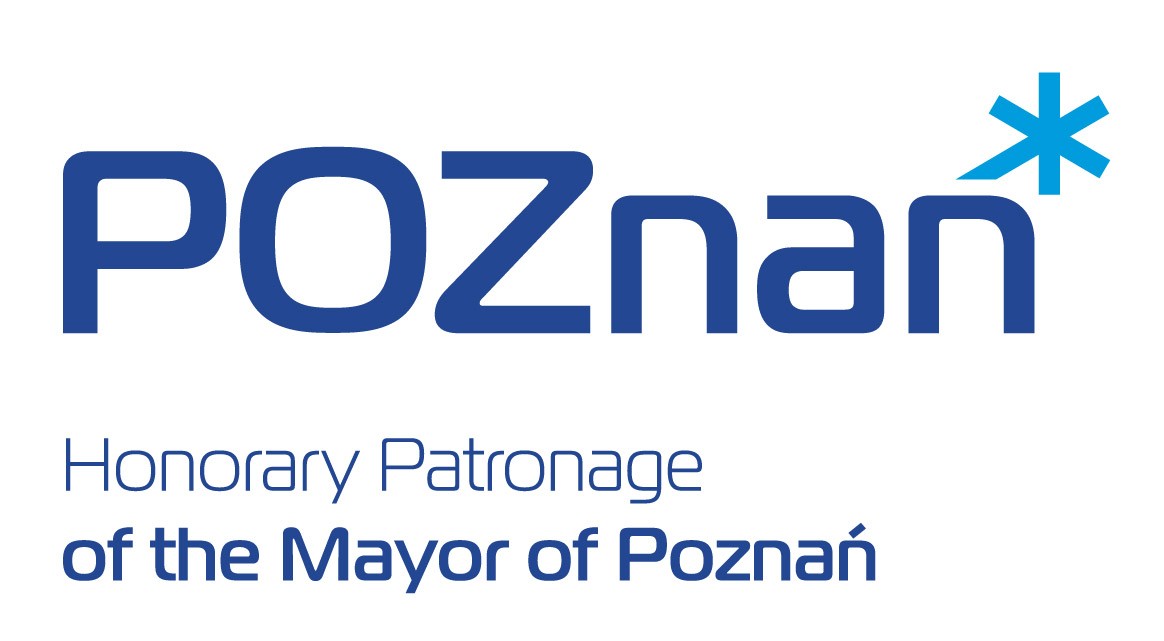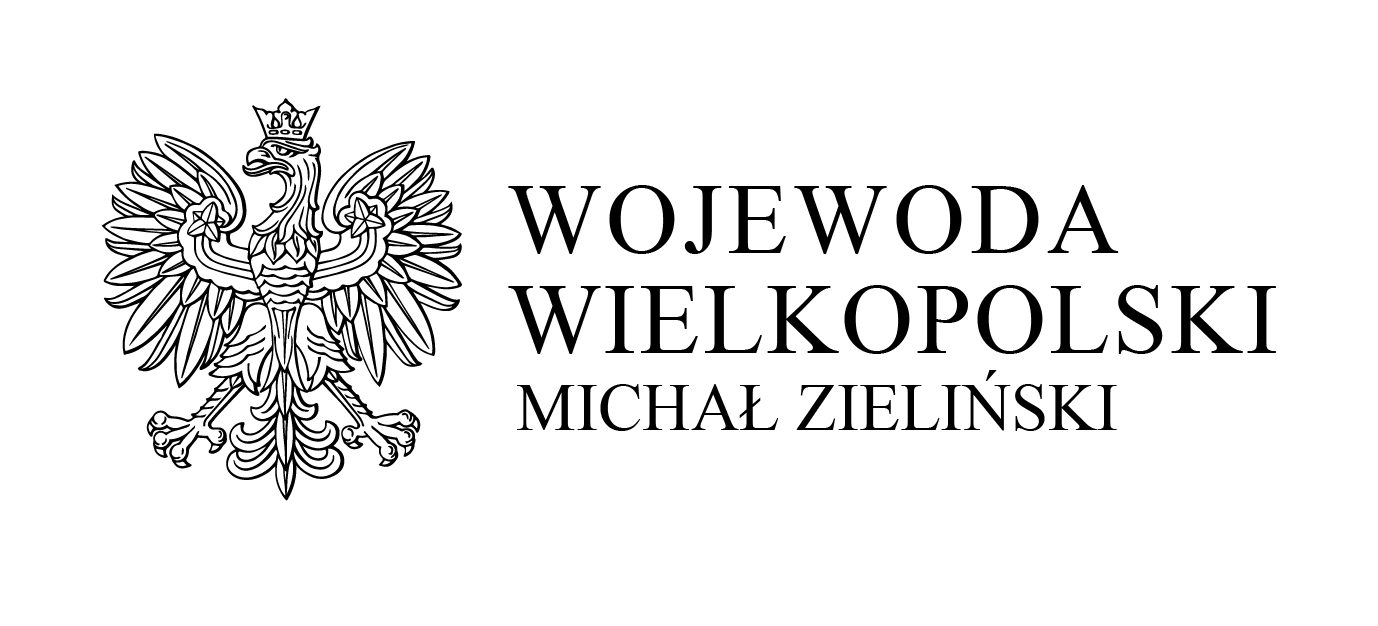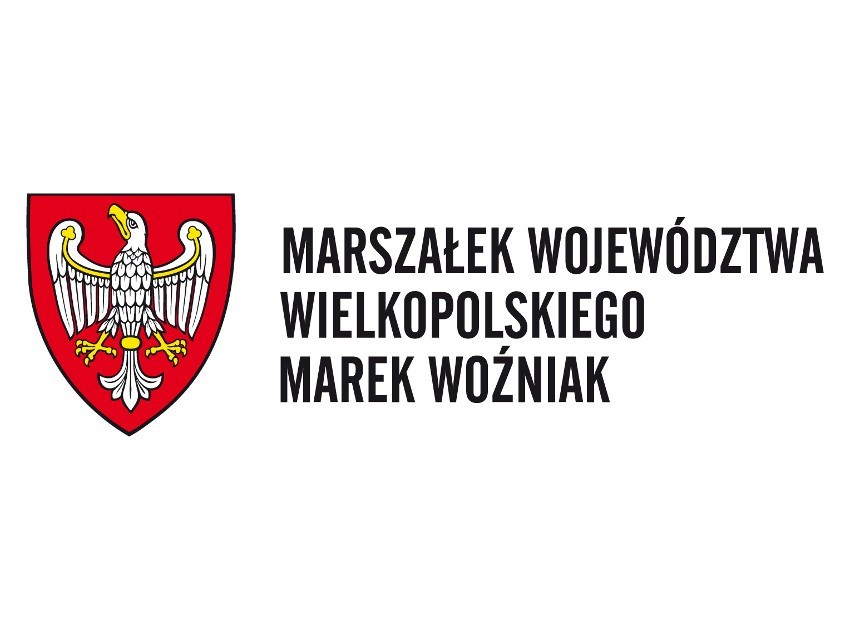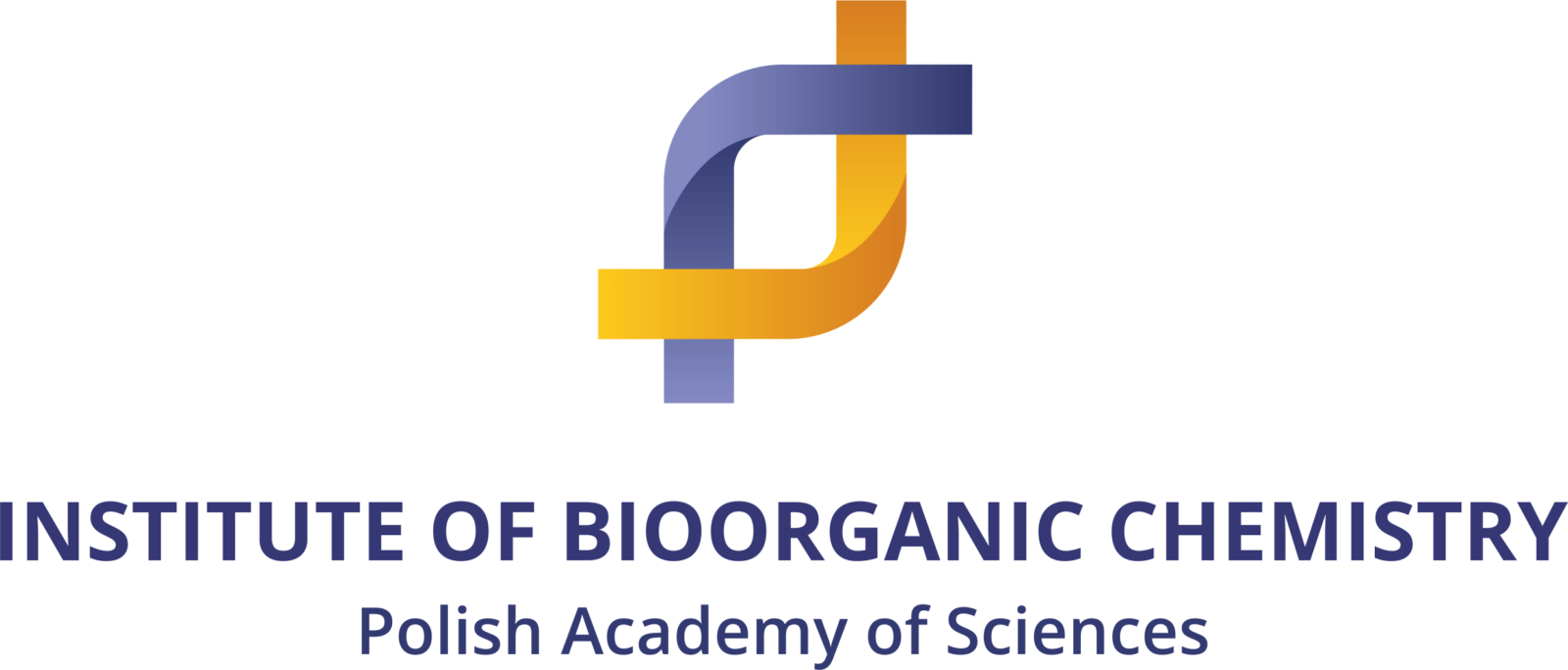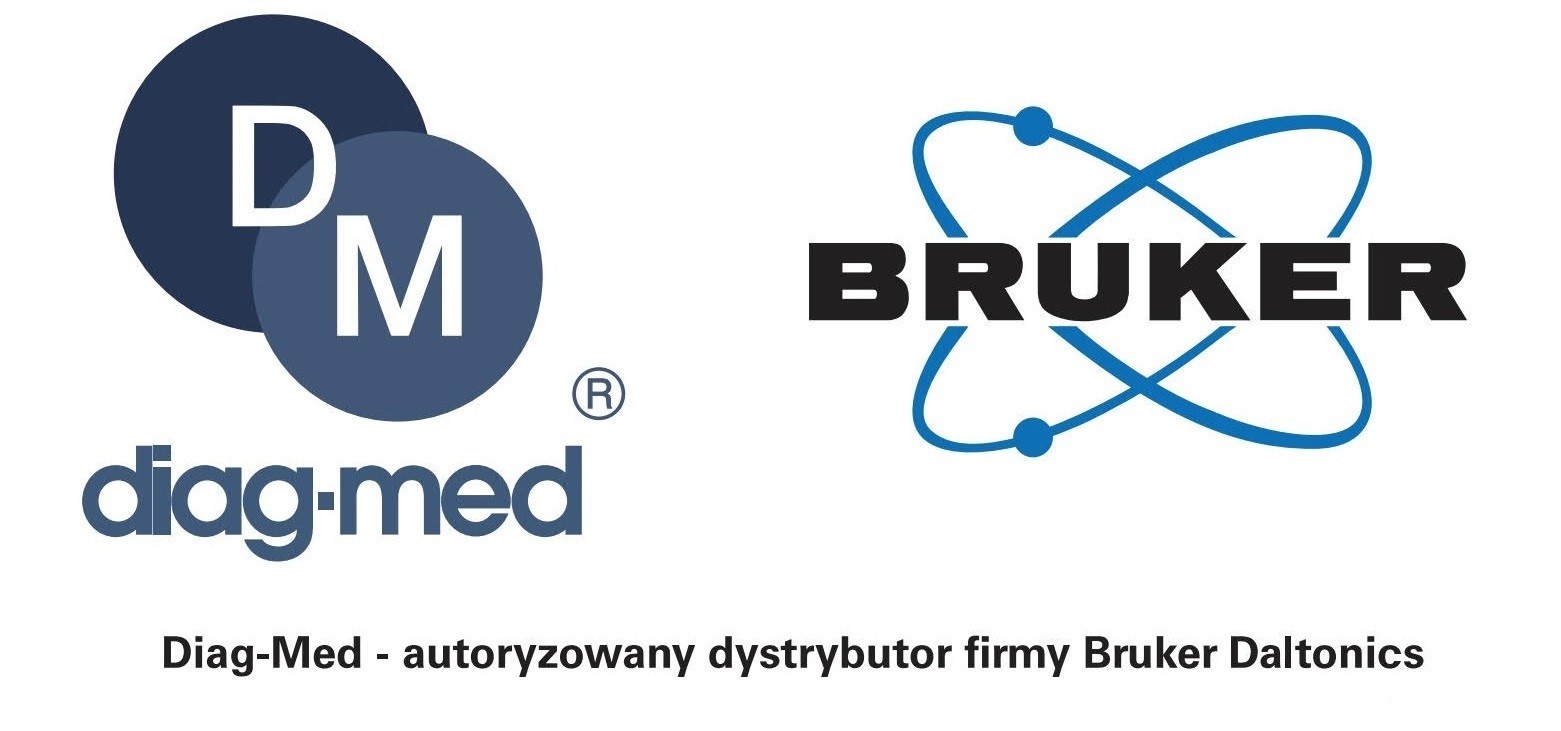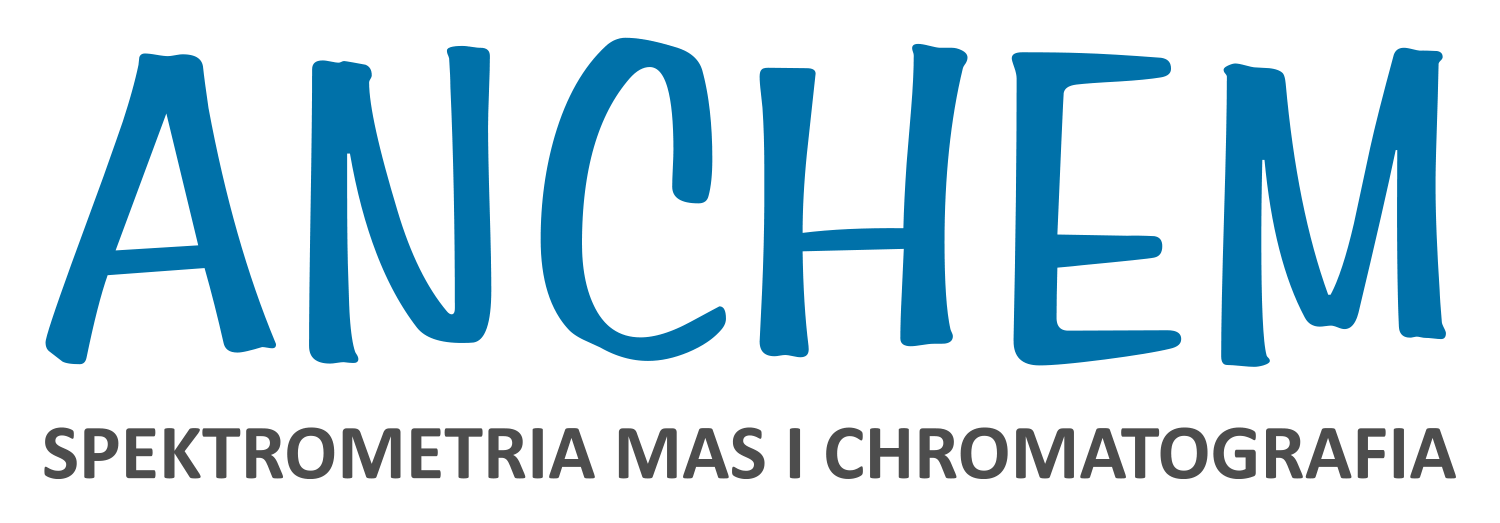Understand and Describe Life
Poznań 13-15th November 2023
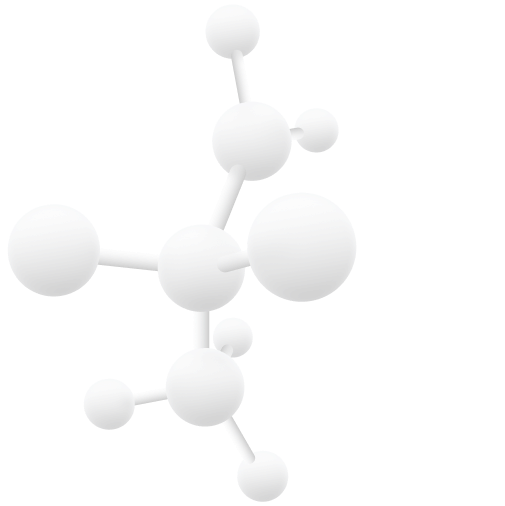
The conference „Understand and Describe Life” will showcase technological advances and their innovative biological applications for understanding life from different angles, including structural and molecular biology, single-cell and population-wide studies, synthetic biology and cell engineering, as well as data science.
To foster interdisciplinary discussions we strongly encourage the participation of scientists with diverse backgrounds. In addition to a selection of international keynote speakers, all participants are invited to submit an abstract to be considered for a presentation.
We look forward to welcoming you to Poznan this November!
Poznań 13-15th November 2023
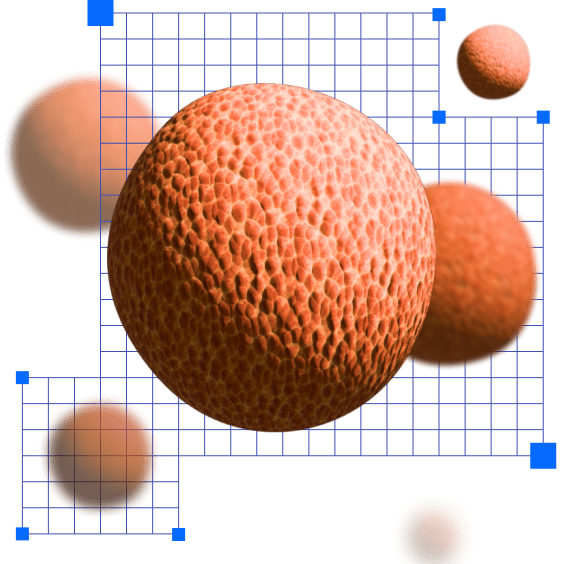
Sessions
Life at the molecular level
Cellular biology is a consequence of molecular interactions and chemical transformations. With the unprecedented pace of technological development, we can now look into life and understand it on the level of individual molecules. In this session, we will present the development and applications of molecular tools and methodology to study and alter biological processes. From groundbreaking nanometer imaging (e.g., ultra-super resolution fluorescent imaging MINFLUX) to sub-nanometer structural approaches (macromolecular crystallography and cryo-EM) to the development of new bioactive molecules and therapeutic and diagnostic approaches.
Life at the single cell level
Recent technology advances have enabled unprecedented studies of life at single cell resolution. This session will bring together researchers who address biological questions by applying single cell techniques, from classic flow cytometry to novel sequencing approaches, to understand the complexity of life at the fundamental level.
Life at the organismal level
Evolutionary tuned, functioning of an organism is based on complicated network of connections between different cell types, tissues and organs. Advance technologies, including various -omics approaches and live imaging, help us to tackle this complexity. In this session we will try to address this intricacy from the whole organism perspective.
Life at the population level
Population-scale research has gained real momentum thanks to the use of high-throughput technologies. Population-wide data collected over the last three decades provide the basis for the recognition of many unexplored phenomena underlying lifespan, health, heredity, relationships and the evolution of entire communities. The presented session will be devoted to the use of modern technologies to understand the vision of life from the perspective of the population.
Synthetic life
Modern nucleic acid engineering offers the tools to create synthetic genes and to rationally modify genomes and transcriptomes. This, in turn, allows the engineering of proteomes and metabolomes, and consequently enables the creation of completely new biological systems. In this session we will discuss the possibilities and limitations of synthetic biology and its impact on the progress of other fields of science.
Digital and virtual life
For many years now, with the availability of increasing computing power and the development of specialized data processing and analysis techniques, the in silico approach has been gaining importance. Nowdays it is broadly used to describe, model, simulate and visualize biological and medical processes, and it is a fundation of computational biology and computational biomedicine. The goal of research in these areas is to provide high-fidelity descriptions and predictions of the behavior of complex biological and biomedical systems. They are of fundamental scientific value and directly imply the emergence of innovative IT solutions that provide important support for clinicians in making diagnostic decisions in the face of ever-increasing amounts of available data.
Keynote Speakers
Programme
For the Institute's Jubilee celebrations, an invitation is required.
Registration on the website is only valid for 14-15 November.

Patronage
Sponsors
Scientific and Organising committee
Scientific committee
prof. Paweł Bednarek
dr hab. Krzysztof Brzeziński
dr hab. Maciej Figiel
prof. Marek Figlerowicz
dr hab. Agnieszka Fiszer
dr hab. Luiza Handschuh
dr hab. Paulina Jackowiak
prof. Michał Jasiński
dr hab. Jacek Kolanowski
prof. Piotr Kozłowski
dr hab. Krzysztof Kurowski
dr hab. Magdalena Łuczak
dr Cezary Mazurek
dr hab. Marta Olejniczak
prof. Anna Pasternak
mgr Tomasz Piontek
dr hab. Miłosz Ruszkowski
dr hab. Agata Tyczewska
dr hab. Anna Urbanowicz
prof. Eliza Wyszko
Organising committee
prof. Marek Figlerowicz
dr hab. Luiza Handschuh
dr hab. Paulina Jackowiak
prof. Michał Jasiński
dr hab. Jacek Kolanowski
mgr Agnieszka Konrad
mgr Elżbieta Kopińska
dr Natalia Koralewska
dr hab. Edyta Kościańska
dr Cezary Odrzygóźdź
dr hab. Marta Olejniczak
mgr Tomasz Piontek
